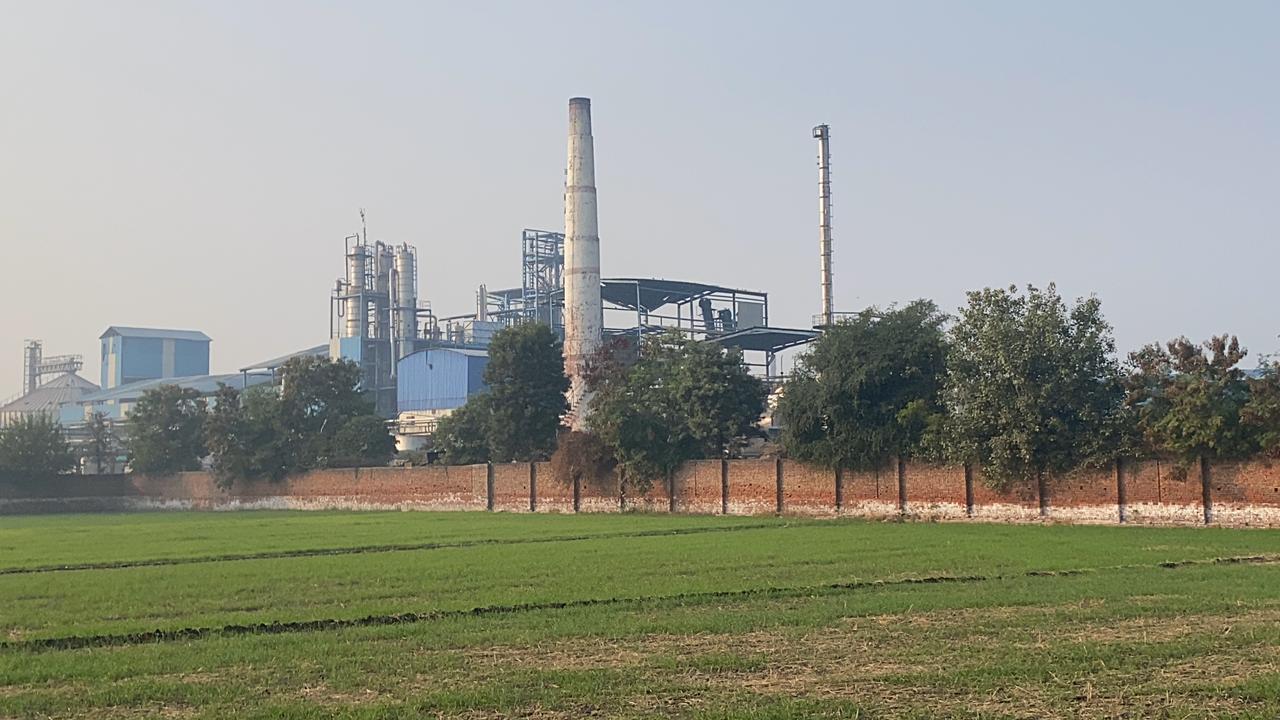Chandigarh: A reputed Canadian scientist has raised serious doubts over the pollution test reports submitted by the joint investigation team, constituted under the order of the National Green Tribunal (NGT), pertaining to the Malbros liquor factory at Zira in Ferozepur district as the global best practices have not been followed in carrying out the tests.
According to Canada-based internationally recognised soil and groundwater scientist Dr. Harmanjit Singh Dhadli, the official pollution reports have not examined whether harmful organic pollutants like Melanoidins and Phthalates have contaminated the soil and groundwater by effluents released from the Malbros liquor factory.
All over the world, distilleries release these chemicals through waste water which enters the groundwater and any pollution test must examine whether these harmful pollutants are present.
Since these pollutants enter the groundwater, they come out through hand pumps and tubewells. This water, if not treated scientifically, when consumed by humans, and animals, spreads diseases and can even cause death in due course. Such water, if used to irrigate fields, causes a decline in crop production, he said.
Tests for the presence of Melanoidins (amino carbonyl polymer) and Phthalates (butyl phthalate di-n-octyl phthalates) should have been carried out in order to address the health and life-related issues that are being raised by the local villagers for over four months, he explained.
Melanoidins and Phthalates cause cancer, endocrine gland genetic disorder, mutagenic disorder popularly called deformity in newborns, infertility, and diabetes, to name a few diseases, Dr. Dhadli pointed out.
He further explained that removing these pollutants is not an easy task as ordinary treatment plants do not have the capacity to treat effluents of such nature released by distilleries. The cumulative effect of these pollutants is very high, affecting living beings over a period of time, though their detection levels may be low during tests.
The reports of the samples collected by the NGT investigation team do not show any tests that have been conducted to find the presence of these two pollutants in the subsoil or the groundwater. The spread of diseases and deaths of humans and animals could be because of these pollutants, says the scientist.
“We do not know whether the NGT investigation team had access to essential instruments like HPLC (high-performance liquid chromatography), GMCS (gas chromatography-mass spectrometer), and LMCS (liquid chromatography-mass spectrometer),” he says.
Though no tests were conducted for Ethanol and Methanol, a perusal of the NGT team’s report clearly shows that the three agencies which tested the samples have arrived at varying conclusions. The levels of the presence of total dissolved solids have been measured differently by all three laboratories, points out Dhadli.
Take the example of the Nitrate test. One lab says 14.2 PPM (parts per million) Nitrate is present, the second says 0 PPM, and the third lab says 10.2 PPM is present.
COD (chemical oxygen demand) samples taken from within the Malbros factory premises, too have been measured differently by all three labs. One lab showed its presence at 28 PPM, the second at 48 PPM, and the third at 27 PPM. No tests were done to examine the composition of the fly ash.
The Chief Agriculture Officer, Ferozepur, tested samples for only 5 parameters and found them as normal, but these parameters could not confirm whether the water was polluted, says Dhadli.
As the NGT investigating team was not informed about the production of three other chemicals, Silver Potassium Cyanide, Fesoterodine, and Monoethanol, by the Malbros, tests for these dangerous, toxic, and poisonous chemicals, have also not been done.




















